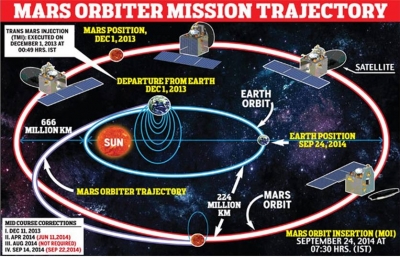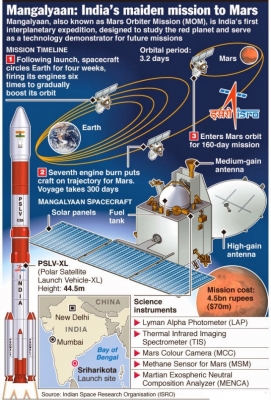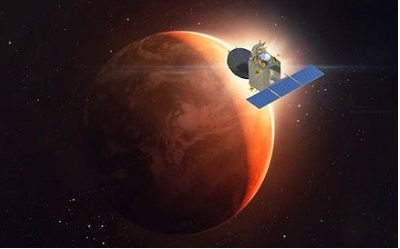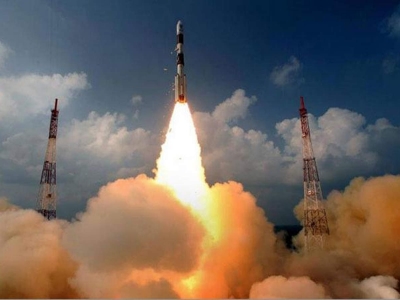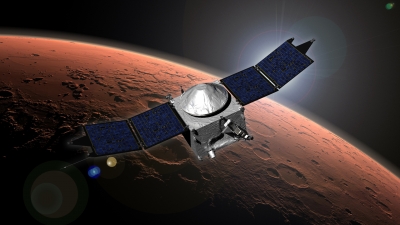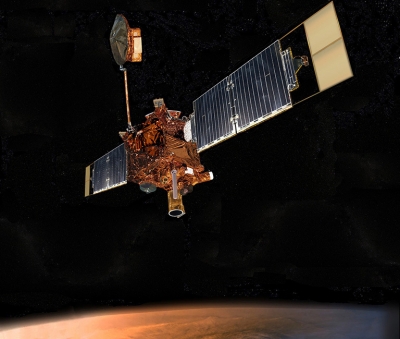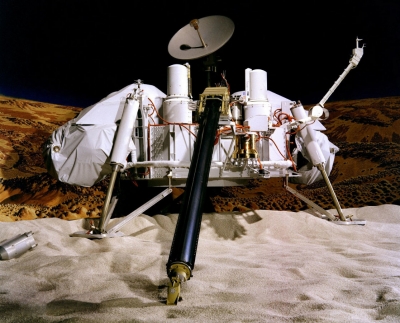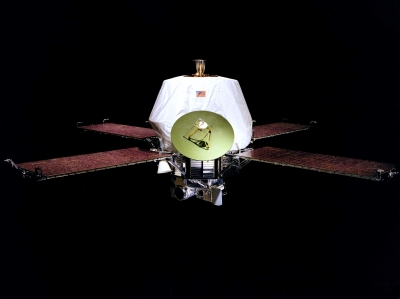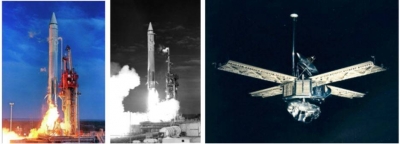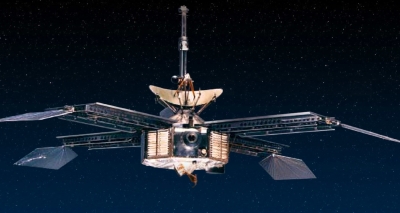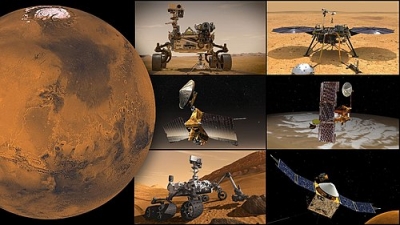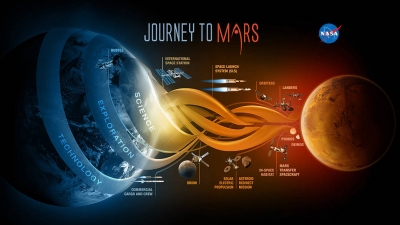Dark Matter: A mystery of the Universe

Dark matter accounts for 27 percent of all matter and energy in the universe. What we see, the regular matter is just 5 percent of the universe. The dark matter can be failed stars or white dwarfs or black holes.
First, there was the Big Bang. For several million years after that, there was nothing - no stars, planets, moons or galaxies. This continued for 150 million years after the great Big Bang. Time went by. The first stars were created. Matter fused, stars clumped together, galaxies collected together. The formation of our planetary system began. To hold the solar system and clusters of galaxies together, we had gravity, our glue. Swiss astronomer Fritz Zwicky who used the term 'dark matter first. He coined the term 'Dunkle Materie' to denote the invisible matter.
Dark Matter
But in some clusters, the space between the galaxies contains hot gases which cannot be seen using light telescopes. After measuring this gas, the scientists came to the opinion that there is more material involved in these clusters than meets the eye and that they cannot be detected. The undetected matter could amount to some five times the material in the cluster. This invisible matter that cannot be detected is called the 'dark matter. Dark matter accounts for 27 percent of all matter and energy in the universe. What we see, the regular matter is just 5 percent I of the universe.
It was the Swiss astronomer Fritz Zwicky who used the term 'dark matter first. He coined the term 'Dunkle Materie', which translates to dark matter, to denote the invisible matter. His subject was the Coma galaxy cluster. It should be noted that the speed of revolution of a particular cluster is dependent on the weight and position of the matter in the cluster. When he measured the speed, he found out that the cluster had more mass than it was supposed to meaning there was more matter involved. This was further confirmed by other scientists whose work on other galaxies suggested that they had more mass. The presence of dark matter was thus established.
What makes up Dark Matter
According to scientists, dark matter can be failed stars or white dwarfs or black holes. But these are just suggestions and the dark matter still continues to be a mystery. Scientists have however found ways to indirectly study dark matter. This is done by using gravitational lensing. Studies are still being carried out and we are just unraveling all the secrets of the universe.
Picture Credit : Google

